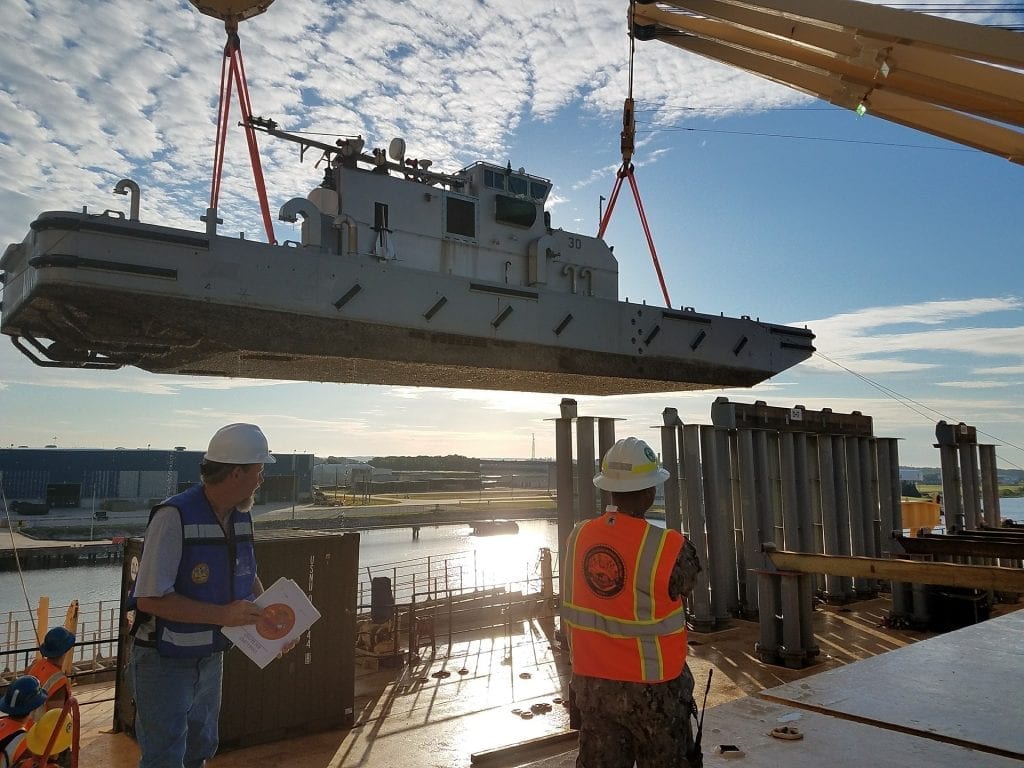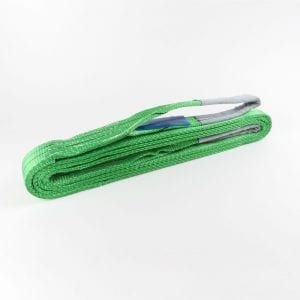No products in the cart.
Loads
Be up to date with the standards for lifting cargo
Hoisting operations require a high level of safety. The rules for lifting cargo and good safety practices must always be observed. NBR 15637 standards define the minimum safety requirements and recommendations for the use of lifting straps.
See below how to carry out the cargo lifting per the rules for lifting cargo and with much more efficiency and safety.
Understand the new requirements of NBR 15637
The technical standard ABNT NBR 15637 regulates the criteria for lifting straps and establishes the obligation to identify the load capacity from the product label.
At the end of 2017, NBR 15637 won new editions for its parts 1 (flat straps), 2 (tubular straps with high tenacity synthetic threads), and 3 (tubular straps manufactured with ultra-tenacity synthetic threads), which were entirely reformulated. Information on inspection requirements, minimum safety requirements, and recommendations for use has become more detailed, clearly distinguishing mandatory procedures and items.
According to the standard, the selected belt must support the load, be strong enough, and have the correct length for the mode of use. It must be produced entirely from high tenacity multifilament synthetic yarns, guaranteed by the manufacturer as being stable to light and temperature, with tenacity greater than or equal to 60 cN/tex.
When straps with flexible eyelets are used, the minimum length of the eyelet for a strap to be used with hook must be at least three times the width of the strap, for widths up to 150 mm; two and a half times the width of the belt, for widths between 150 mm and 600 mm; and one and a half times the width of the belt, for widths between 600 mm to 1000 mm.
The permissible breaking load for the sewn tape strap must be such that it supports a force equivalent to at least 95% of the breaking load. The minimum breaking load must never be taken into account when dimensioning and using the product during handling.
Pay attention to the maximum load required
In the selection and specification of the straps, special consideration should be given to the maximum workload required, taking into account the mode of use and the nature of the load to be lifted. All seams must be made with lines of raw material identical to the belt, with a fixed point sewing machine.

For loads from 40 T to 1000 T (vertically), high or ultra tenacity straps, with a minimum tenacity of 150 cN/tex, a safety factor of 5: 1 (minimum of five times the MWL) and resistant to temperature variations between –40ºC to + 100ºC.
Another important requirement is the safety factor. A safety factor of 7: 1 is applied to straps without accessories (minimum of seven times the maximum working load). For straps used with attachments, the safety factor is at least 4: 1 (minimum of four times the MWL), depending on the accessory.
Always observe the information on the labels
The straps carry labels with information about the maximum workload (MWL), the Safety Factor, the date of manufacture, the length, recommendations for use (back), and the technical standard. This information must be present in a visible place and also bring the name and CNPJ of the manufacturer and the technician responsible. The equipment used must never exceed the limits specified by the manufacturer on the product labels.
The safety factor must be seven times greater than the workload. For example, if you use a belt with a vertical resistance capacity of 2 tons with a safety factor of 7: 1, it will be able to support a load five times greater when lifting, that is, it will have a maximum capacity for breaking of 14 tons.
Periodic inspections of equipment must be determined by a qualified person, taking into account the applications, the environment, the raw material used, the frequency of use, and similar issues to establish their suitability for continued use. Companies must keep records of these inspections.
Learn how to choose lifting straps
With simple handling, lifting straps facilitate day-to-day work and guarantee the safety of products and people involved in operations. For product lifting operations, the use of equipment other than polyester or nylon straps or steel cables is prohibited.
Light but very resistant, polyester lifting straps are used to replace steel cables in lifting and moving loads. As they present the same resistance with a lower weight, they favor ergonomics and contribute to preserving the health of workers and prevent injuries. Besides, the straps are sold at more affordable prices, with an excellent cost/benefit ratio.
Made in a single or double layer, the polyester belt has a circular shape that allows its movement even when it is rotated. Besides, its form allows the alternation of the contact points, thus dividing the wear, increasing the product’s lifespan.
All Robustec lifting straps have a 4:1 safety factor and are guaranteed by the ABNT NBR 15637-1 standard. In addition, this equipment complies with the standards established by ISO 9001: 2008.
Did you understand the importance of observing the rules for lifting loads and using appropriate equipment? Do you want to know more about how to use the lifting straps? Veja aqui!





